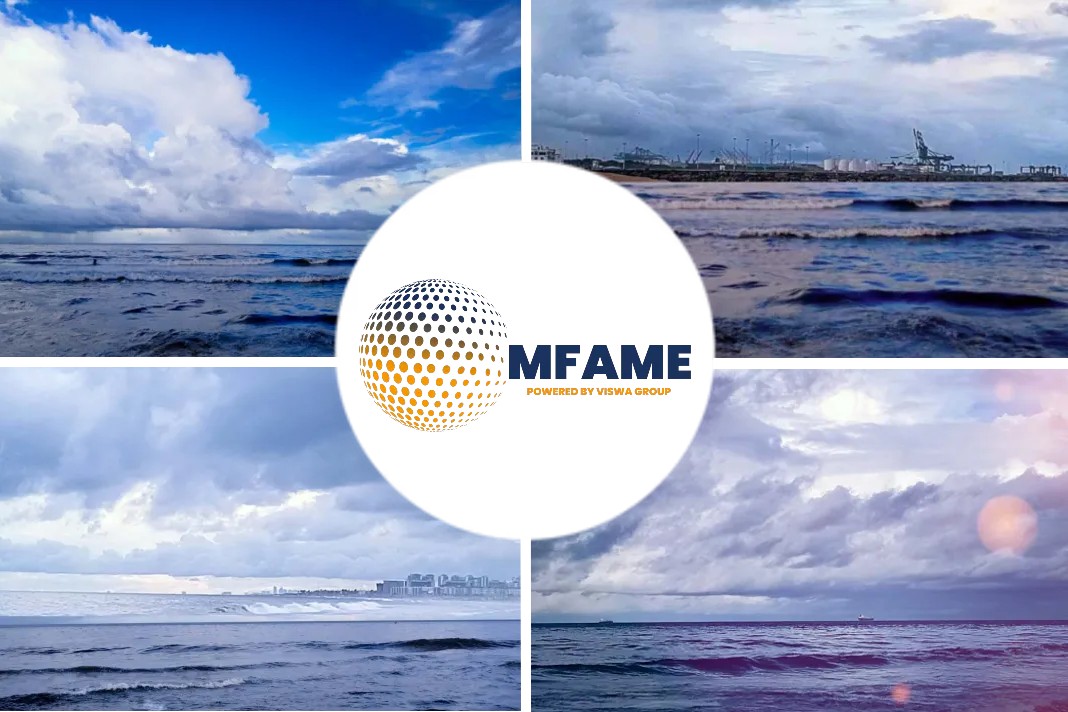 The International Maritime Security Construct (IMSC) released the newest edition of its IMSC Bridge Reference Cards.
The International Maritime Security Construct (IMSC) released the newest edition of its IMSC Bridge Reference Cards.
Originally published in June 2020, the reference cards are designed as a quick-access distillation of guidance found in the United Kingdom Marine Trade Operations’ (UKMTO) Best Management Practices to Deter Piracy and Enhance Maritime Security, edition 5 (BMP5) and address specific scenarios that threaten the physical security of merchant vessels, says an article published on their website.
What is Bridge Reference Card?
Bridge Cards are quick reference guides that aim to support mariners during times of tension caused by piracy attacks or other security threats.
Why this?
“Mariners are thoroughly trained on how to respond in emergencies, but being face-to-face with a real life threat is a completely different experience compared to an exercise,” said Lt David Bourne, British Royal Navy, the information officer at Coalition Task Force Sentinel (CTF Sentinel), the operational arm of IMSC.
“It is important to have authoritative, but easy to understand, guidance at hand, especially when you are trying to think clearly with everything happening so quickly.”
Card addresses
The reference cards provide industry best practices addressing factors seafarers and vessel masters should consider when facing threats to include being approached by a suspicious craft in port or at anchor.
The cards also address what to do if hailed by unknown vessels or aircraft exhibiting threatening or harassing behavior, impeding safe navigation, or attempting to illegitimately alter one’s course within international waters.
“These bridge cards serve as a reminder to professional mariners that they are not alone,” said Royal Navy Commodore Adrian Fryer, CTF Sentinel’s commanding officer.
Newest edition
The newest edition has sections specifically devoted to limpet and sea mine awareness threats. Since May 2019, several maritime incidents in the Middle East region have been related to either mines or water borne improvised explosive devices (also addressed in the cards).
“Often times, under the cover of darkness, perpetrators use small boats or divers to plant limpet mines, which are mines that magnetically adhere to the metal hull of merchant vessels.”
“Our aim is to deliver a greater understanding of mines and other explosives which have the potential to cause loss of life or severe damage to a vessel, and empower seafarers to alert authorities,” said U.S. Navy Lt. Cmdr. Danielle Centeno, the task force’s Maritime Trade Officer.
What IMSC is doing?
IMSC continues to work together with industry partners to safeguard freedom of navigation and the free flow of commerce and to reassure merchant shipping by deterring and exposing state-sponsored malign activity that threatens security of the maritime commons in the Arabian Gulf, Gulf of Oman, Arabian Sea, Gulf of Aden and the Southern Red Sea.
Did you subscribe to our daily newsletter
It’s Free! Click here to subscribe!
Source: imscsentinel.com















